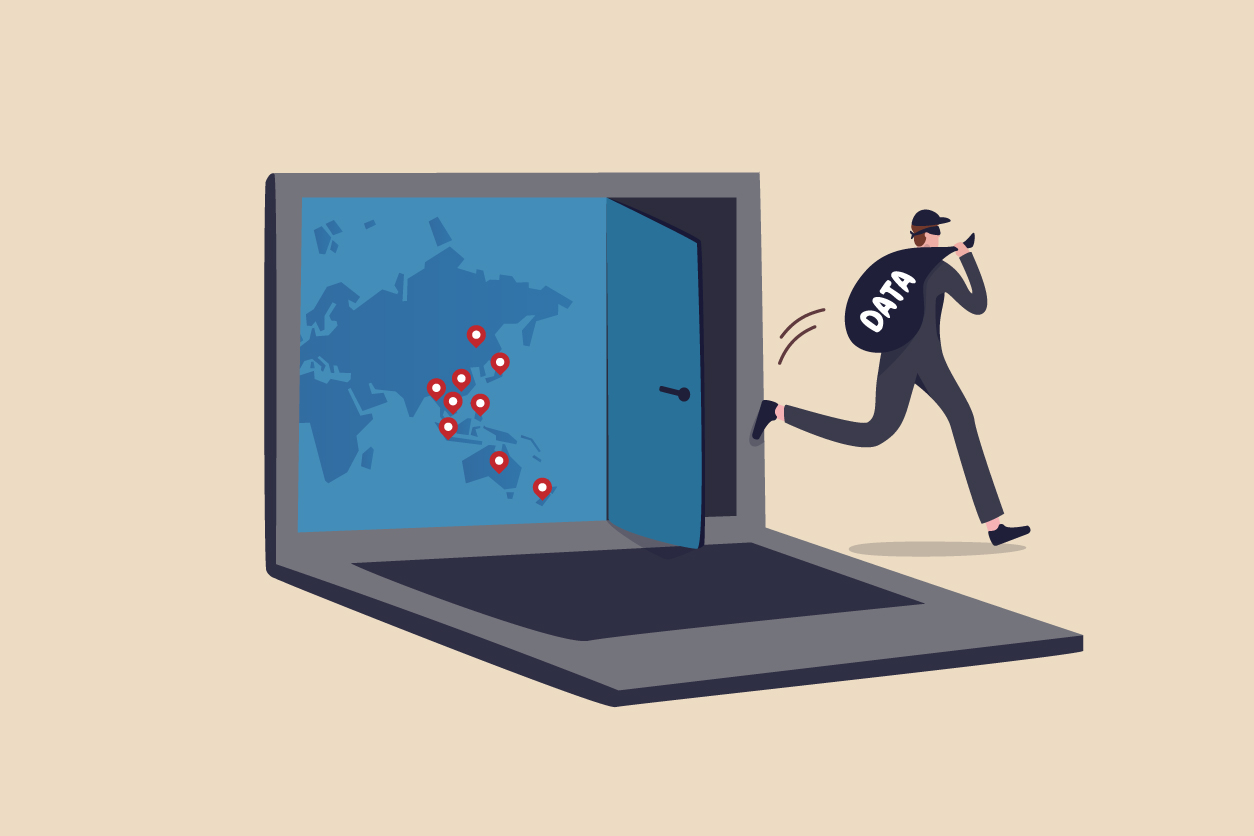For the month of October, Southeast Asia was the focal point of cyberattacks, after advanced persistent threats (APTs) exploited the geopolitical environment and the effects of COVID-19. According to Kaspersky’s Global Research and Analysis Director for APAC Mr. Vitaly Kamluk, a spike in the number of cyberattacks in Malaysia coincided with “changes in the country’s political leadership.”
It has also been observed that hackers are 80% more likely to target organizations in Asia, yet in comparison to the global median dwell time, it takes twice as long for the countries in APAC to detect a security breach. APAC continues to have the highest dwell times due to “a basic lack of investment in appropriate cybersecurity measures,” according to a FireEye report.
APAC: A Hotspot for Cyberattacks
Multiple cyberattacks including zero-day exploits are seen around APAC Region, hitting South Asia and the Middle East which targeted both government officials and private organizations. According to reports, a cyber mercenary group named “Bahamut” was responsible for these attacks.
Entities in Russia, India, Ukraine, Kazakhstan, Kyrgyzstan, and Malaysia were also hit by a series of cyberattacks. It has been suspected that Chinese hackers are responsible for these attacks as they were linked to similar attacks before, but these speculations have not been confirmed.
However, what is confirmed is a Chinese group that targeted diplomatic entities and NGOs in Africa, Asia, and Europe. They used the UEFI bootkit on targeted computers to download and install more malware. This malware was reportedly adapted from a code leaked by an Italian hacking tool vendor HackingTeam.
In the Middle East, Iranian hackers known as “Mercury” or “MuddyWatter” exploited a serious Windows vulnerability “ZeroLogon” to target Middle Eastern network technology providers and organizations involved in work with refugees. After a successful attack, they can take over and gain full access to its servers and systems.
Cost of cyberattacks
Cyberattacks prove that investing in cybersecurity, despite being expensive, costs less than the actual damage incurred from the attack. This is in terms of money, time, and loss of critical data. According to Microsoft Asia News Center, 43% of cyberattacks targeted Small-Medium Enterprises (SMEs). The average cost of each attack was $184,000. The report further suggests that 60% of small businesses close within six months after an incident.
In the APAC Region, where SMEs make up more than 98% of enterprises and employ 50% of the workforce, these numbers are particularly relevant and concerning. Moreover, SMEs contribute to “up to 40% of the national GDP in countries like Malaysia and Singapore.”
Cybersecurity as the pillar of businesses
Cybercriminals are always on the lookout for the next big target. Security should not only be practiced and implemented in corporations and their networks but more importantly in individual users. Cybersecurity resilience should always be practiced by businesses big or small. A lot is at stake at an organizational level when employees do not take cybersecurity seriously. The cybersecurity breach and cyberattacks prove that it only takes one individual’s mistake to compromise a whole organization.
Although we can’t foresee the risks, we can control how we strategize cybersecurity. With the rise of remote work, it is equally critical for businesses to double-check whether the security protocols are remembered and fully implemented to ensure business stability and resilience.
GlobalSign is the leading provider of trusted identity and security solutions enabling businesses and innovators worldwide to conduct secure online communications, manage millions of verified digital identities and automate authentication and encryption.
To learn more about our company and the full list of products we offer, you may visit our website, or check out our product list for enterprises and the Internet of Things (IoT).
For more blog updates, click here.






